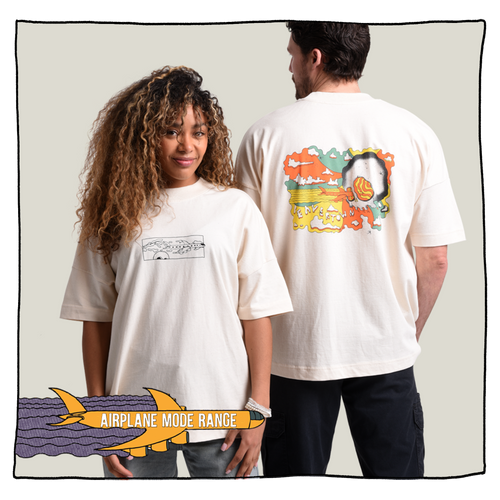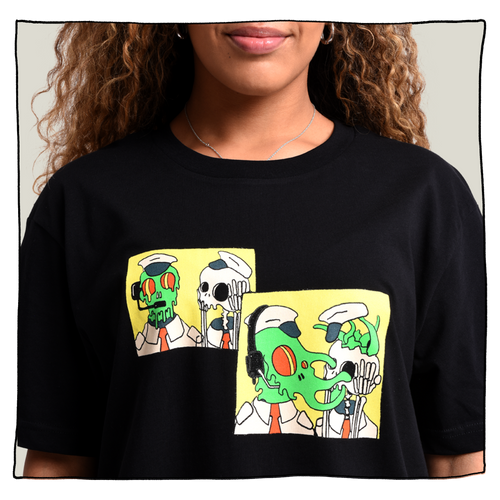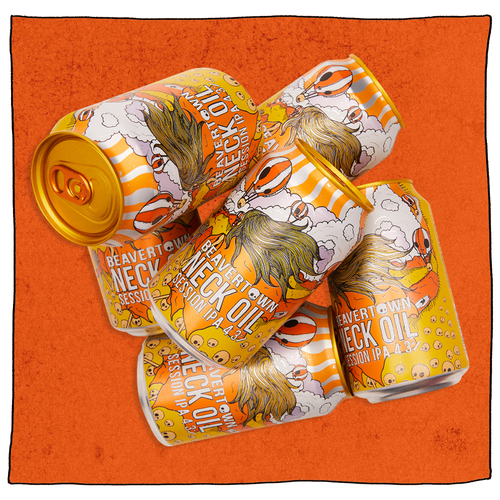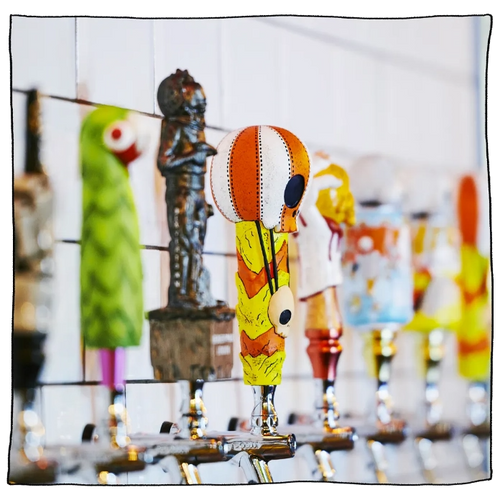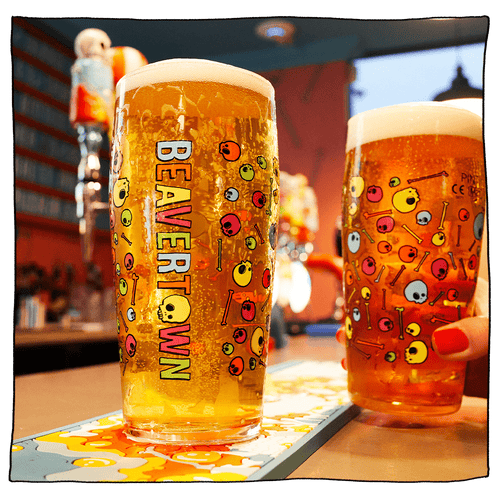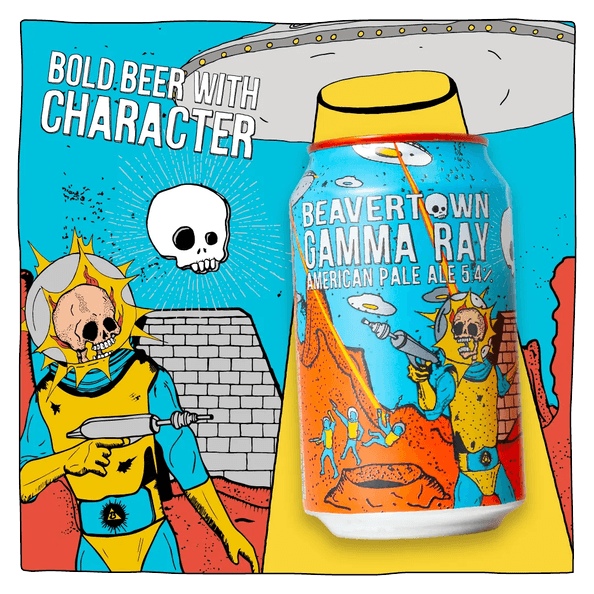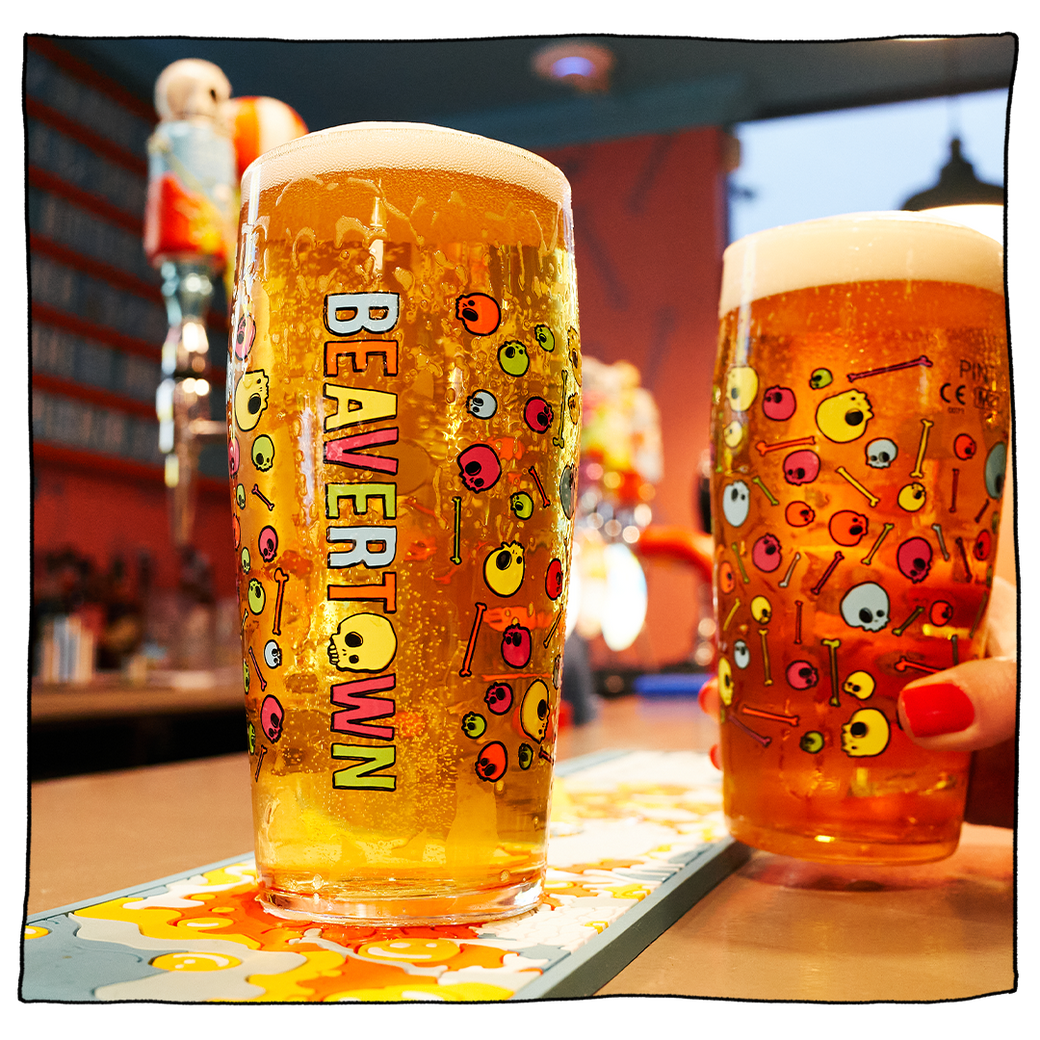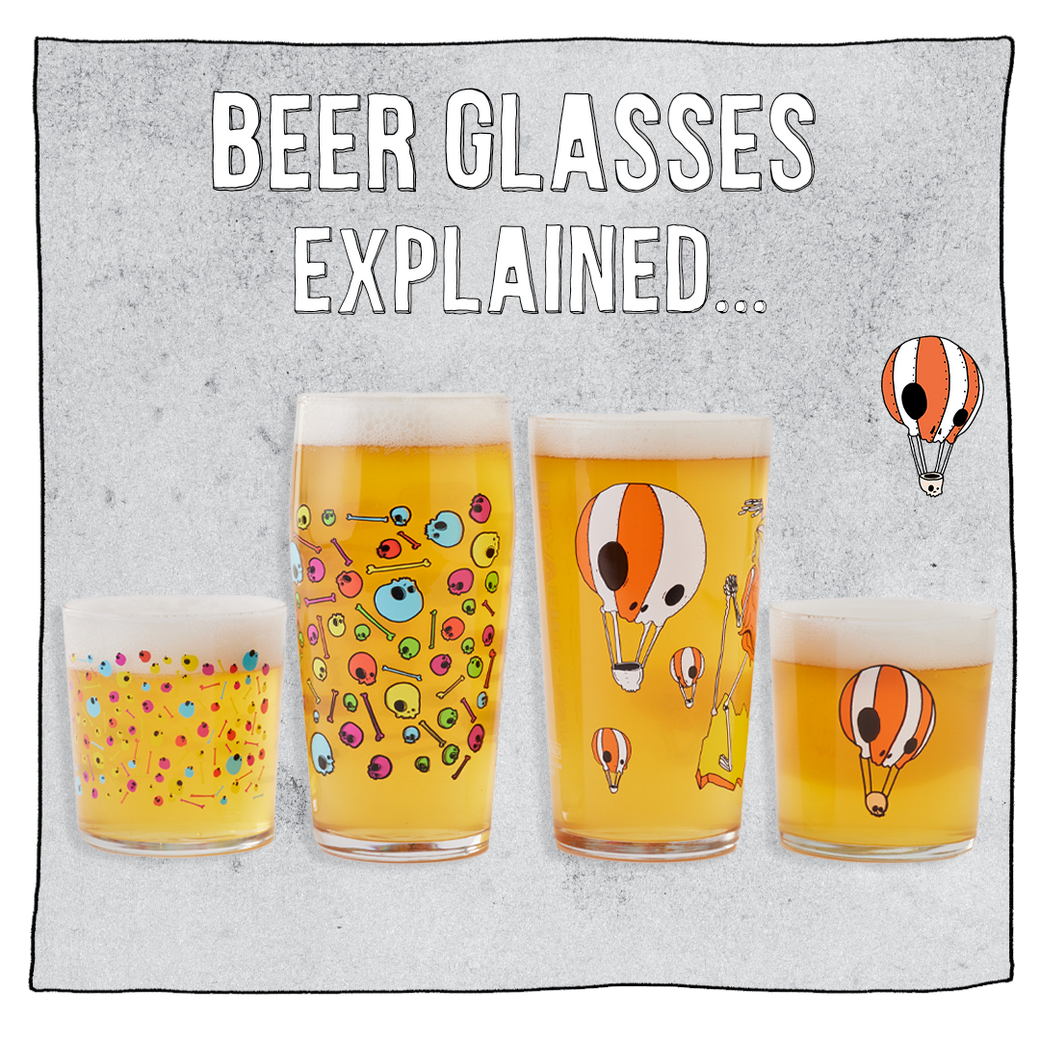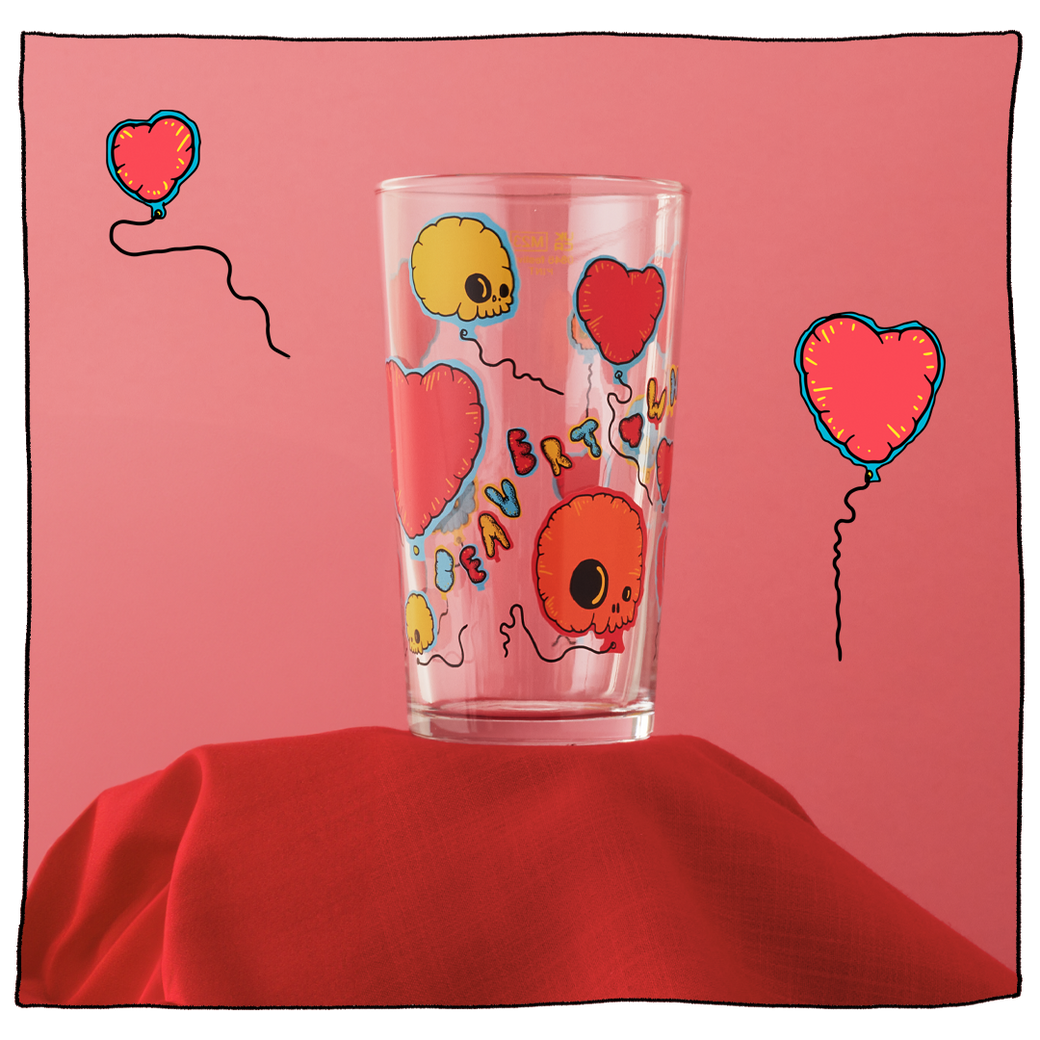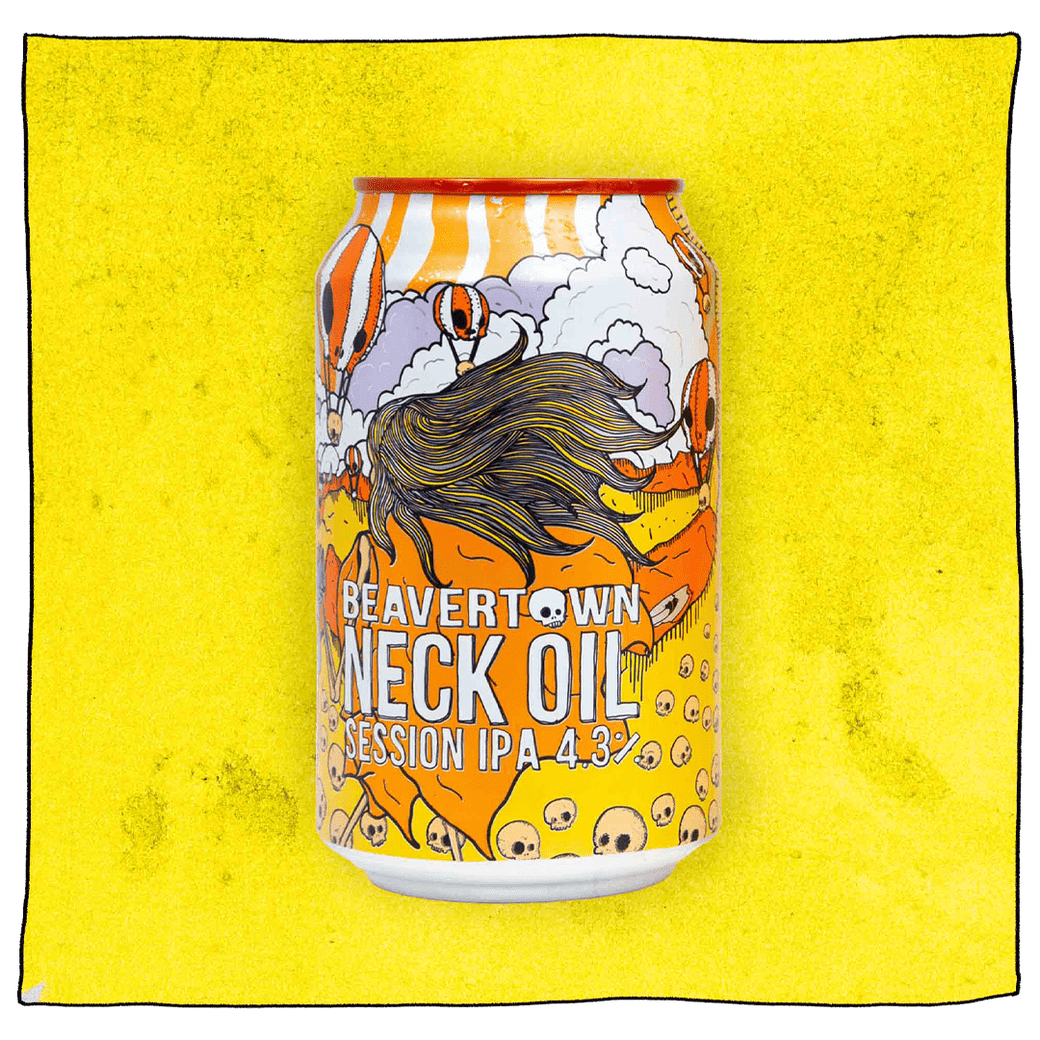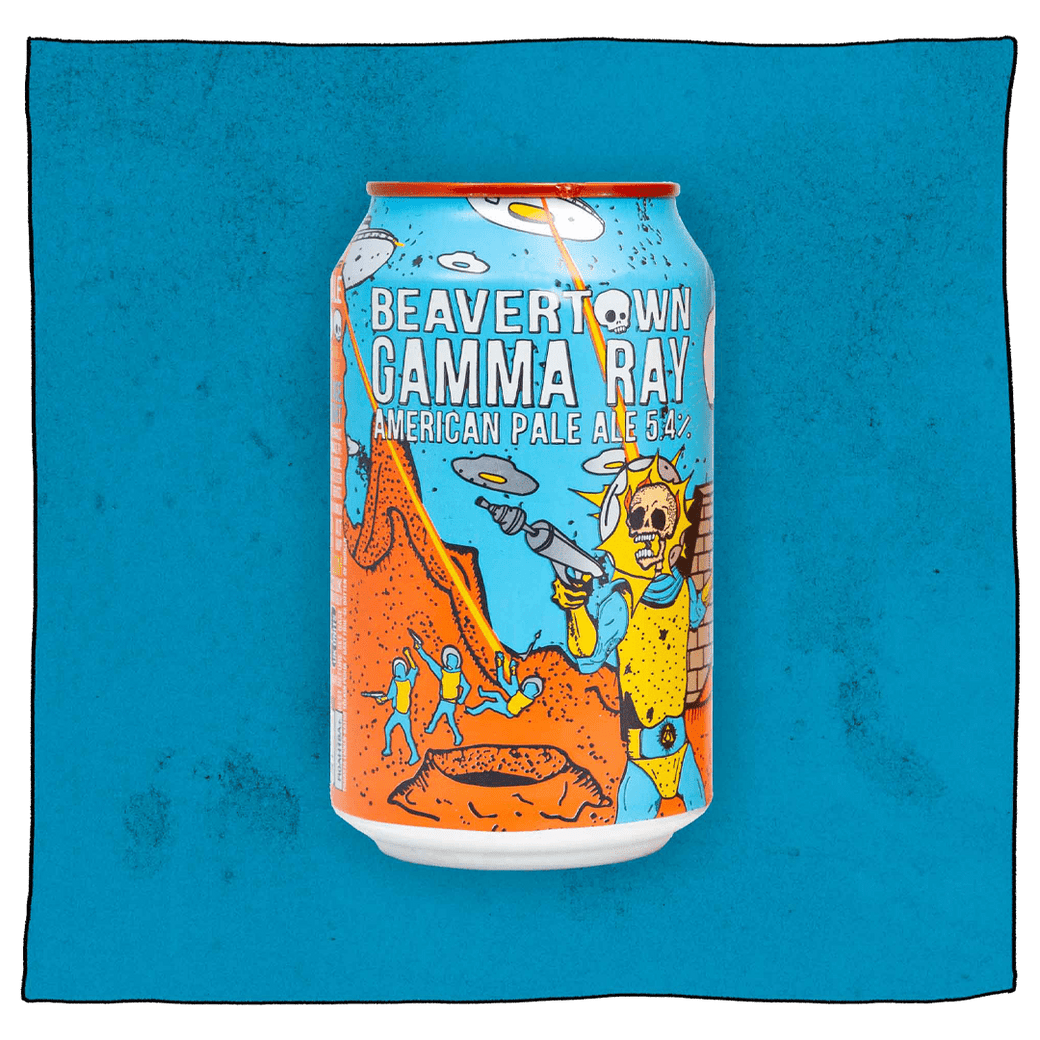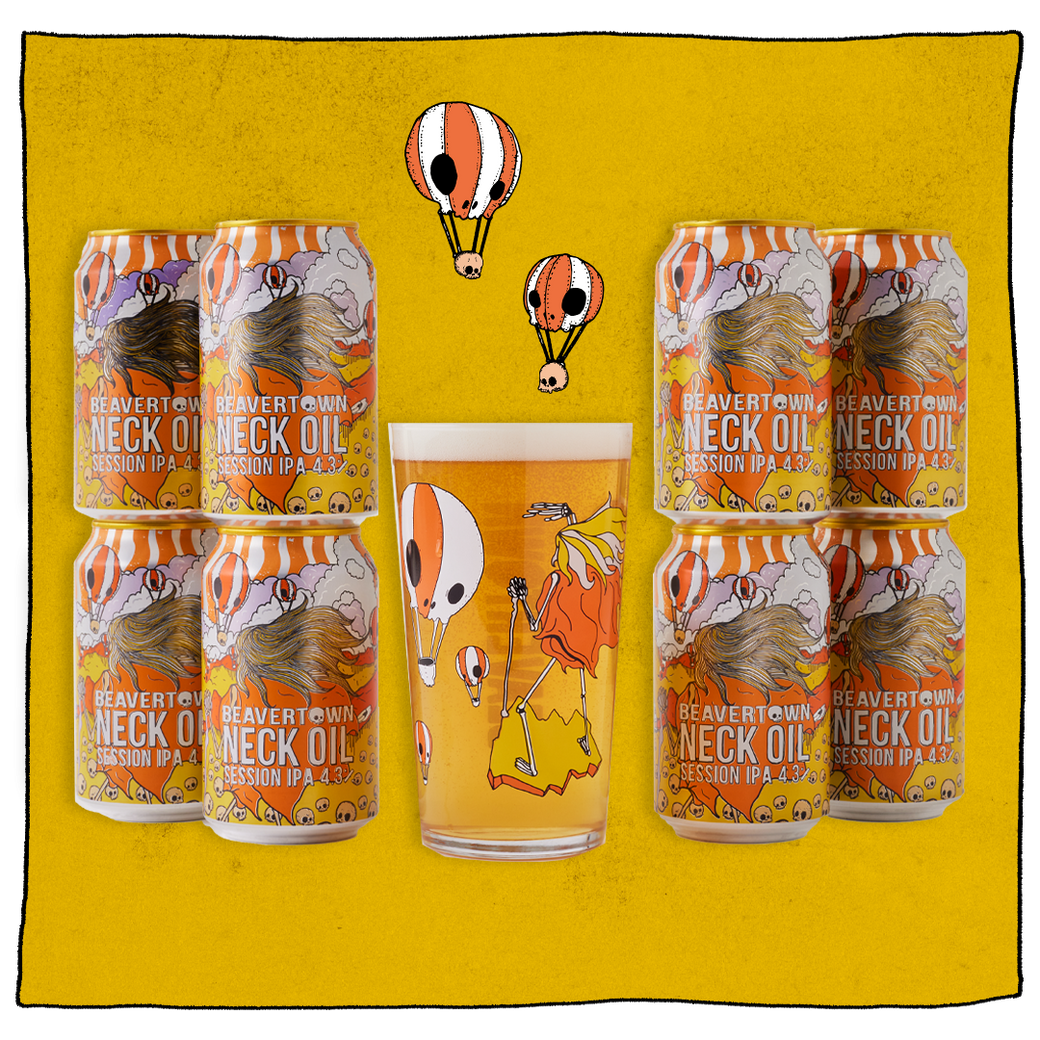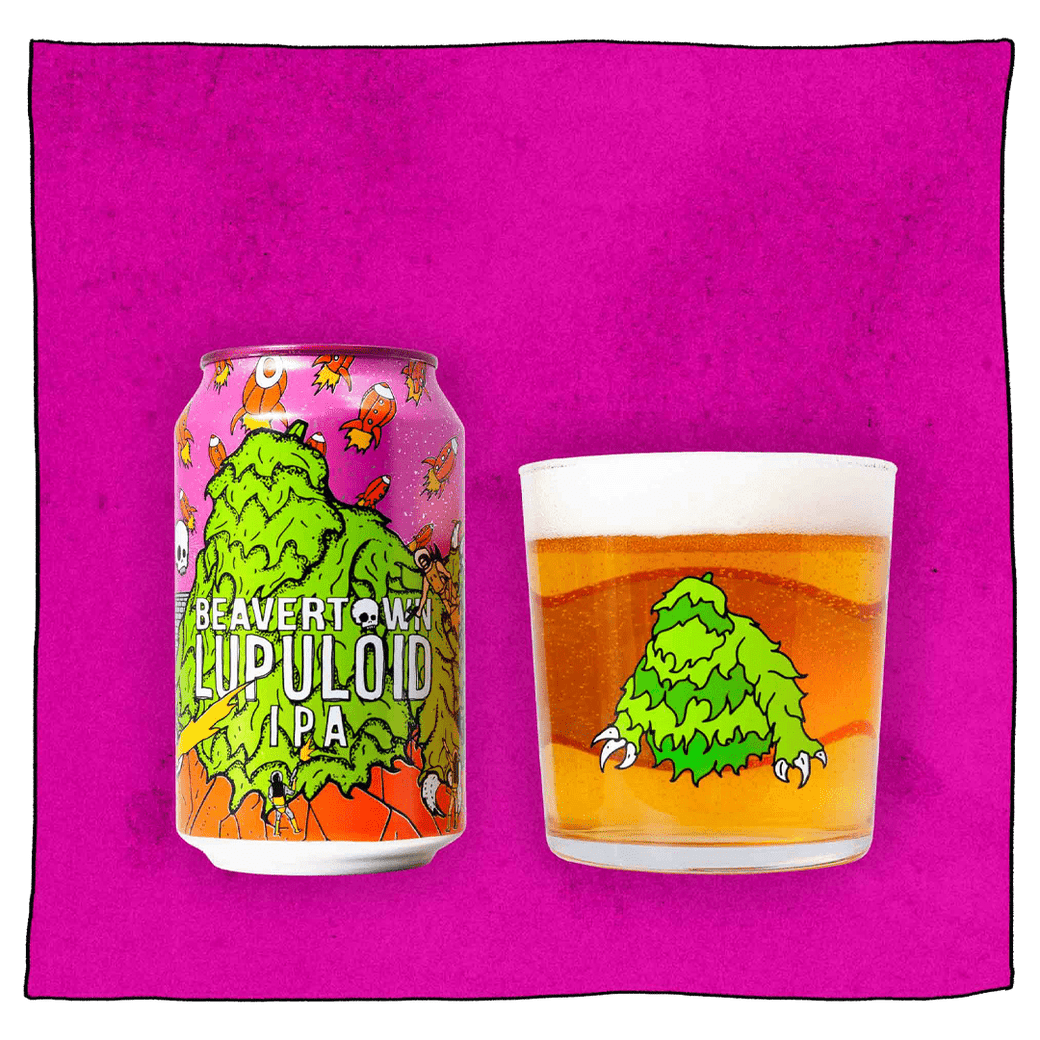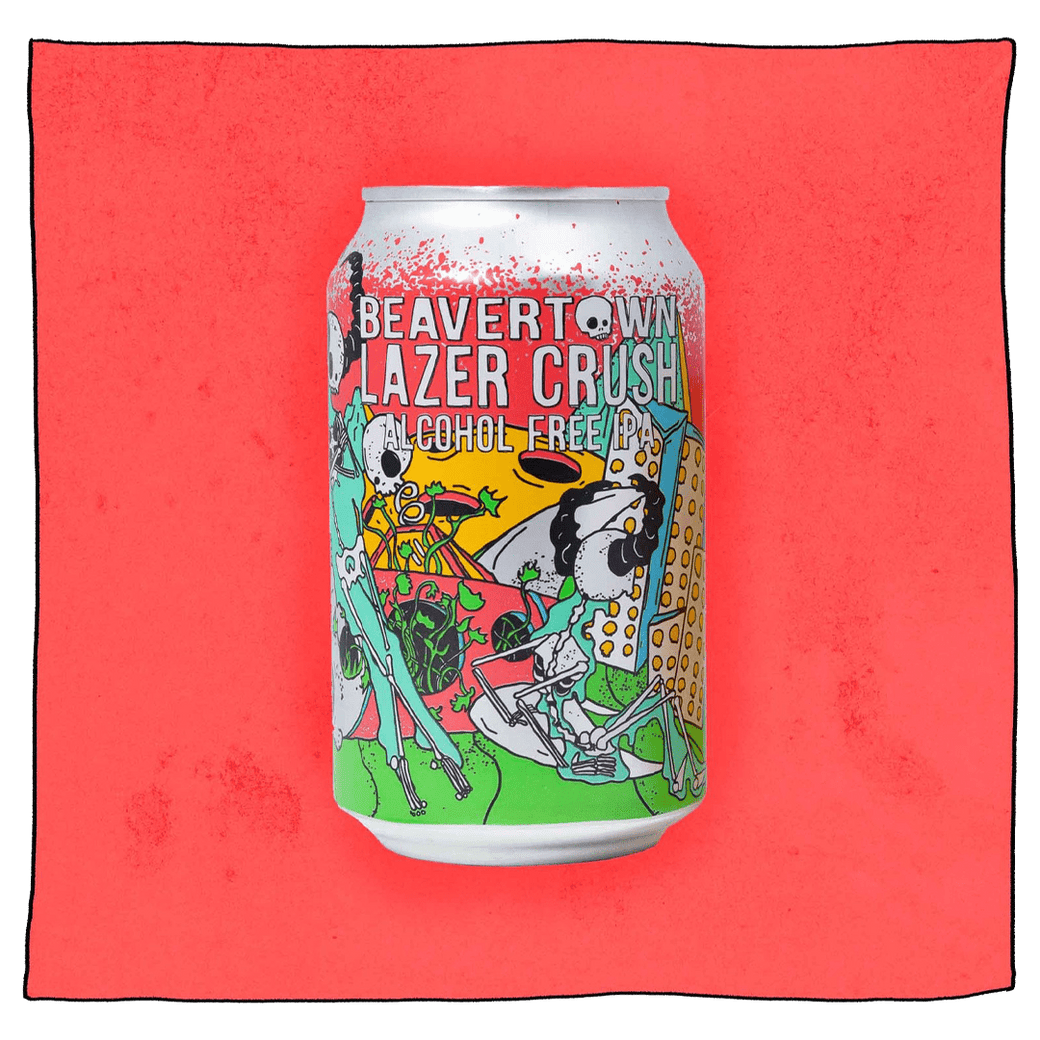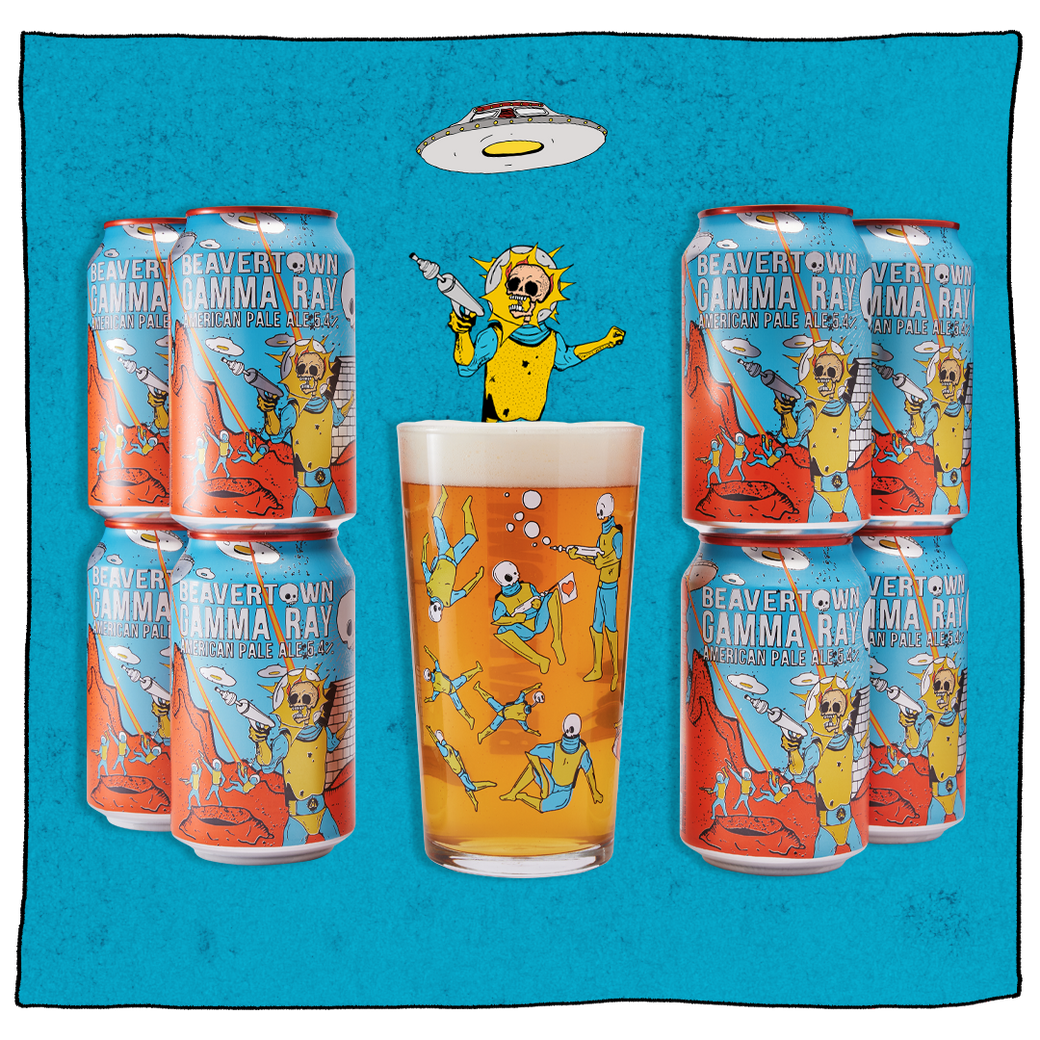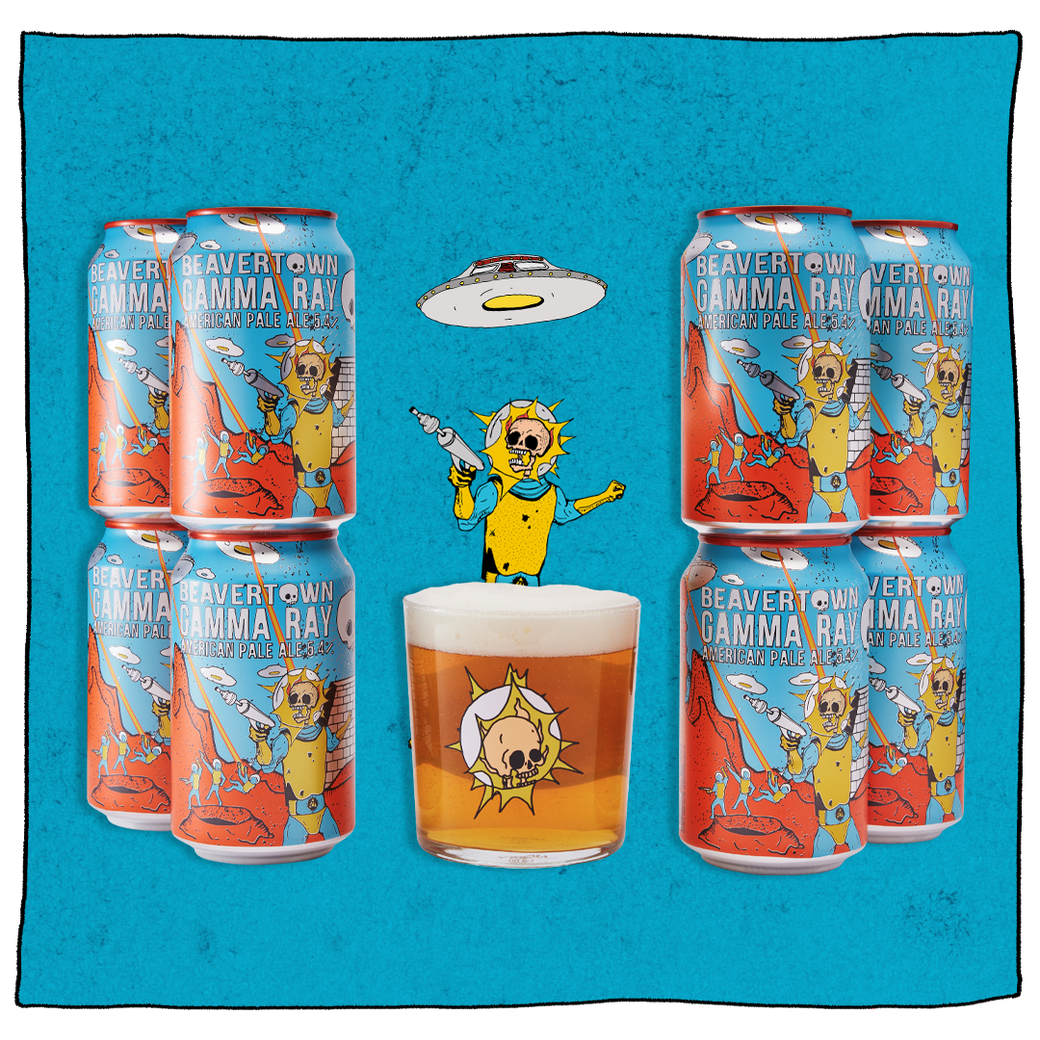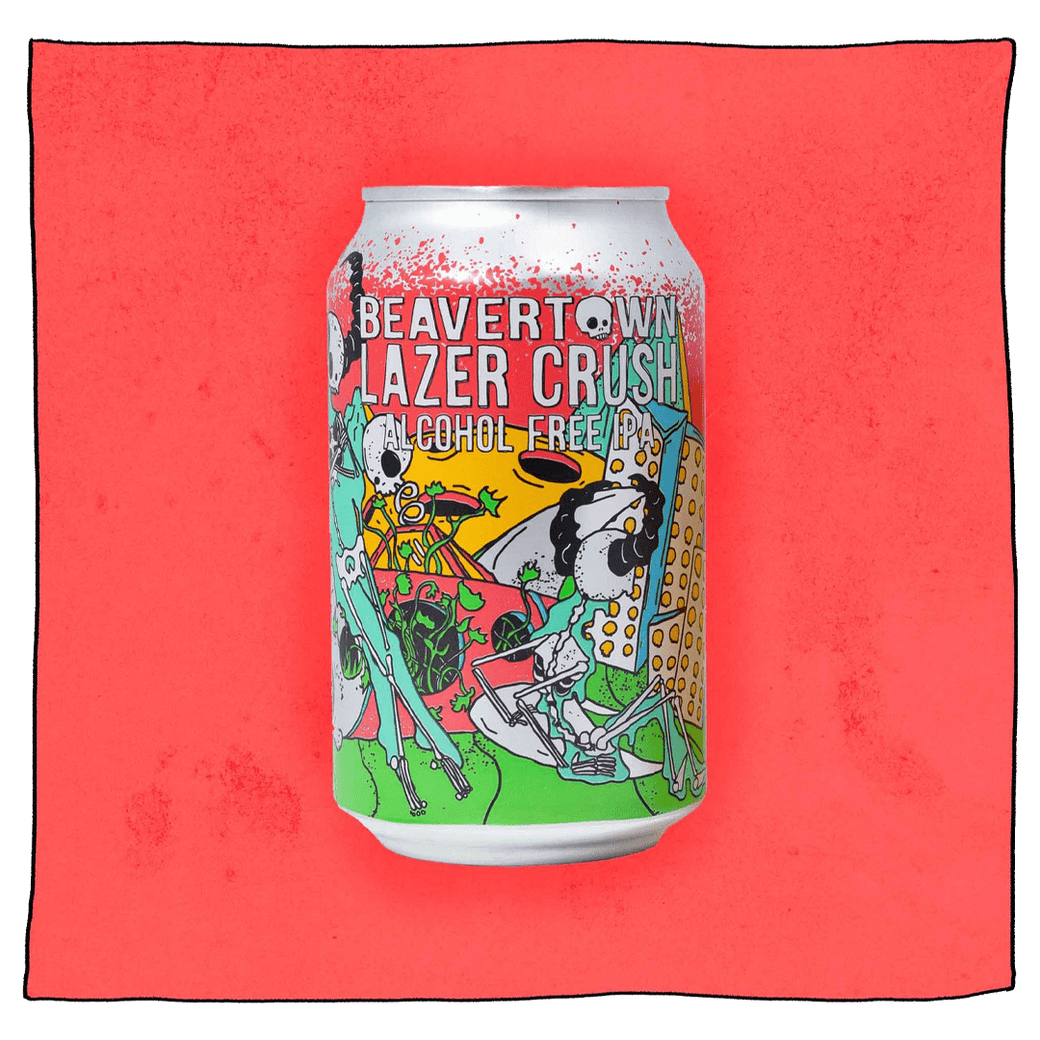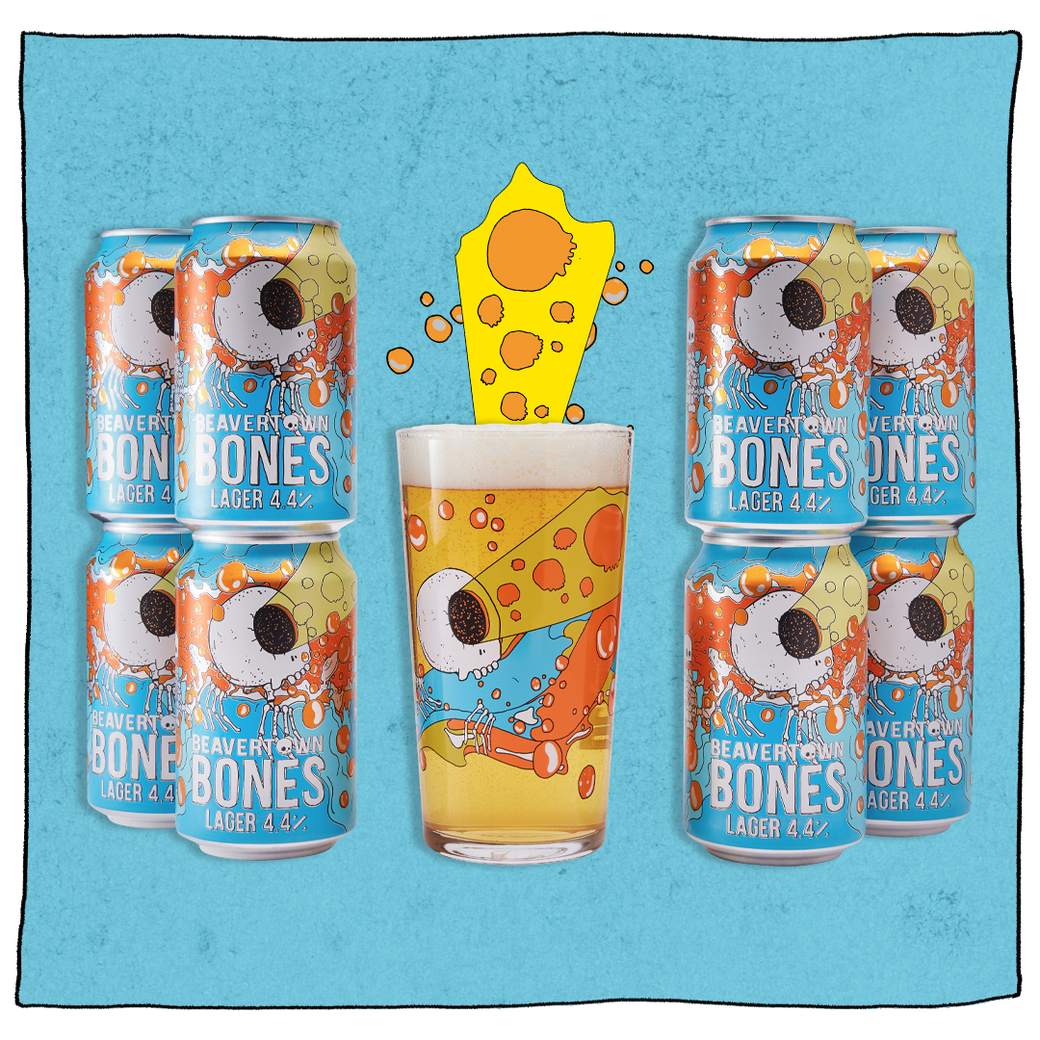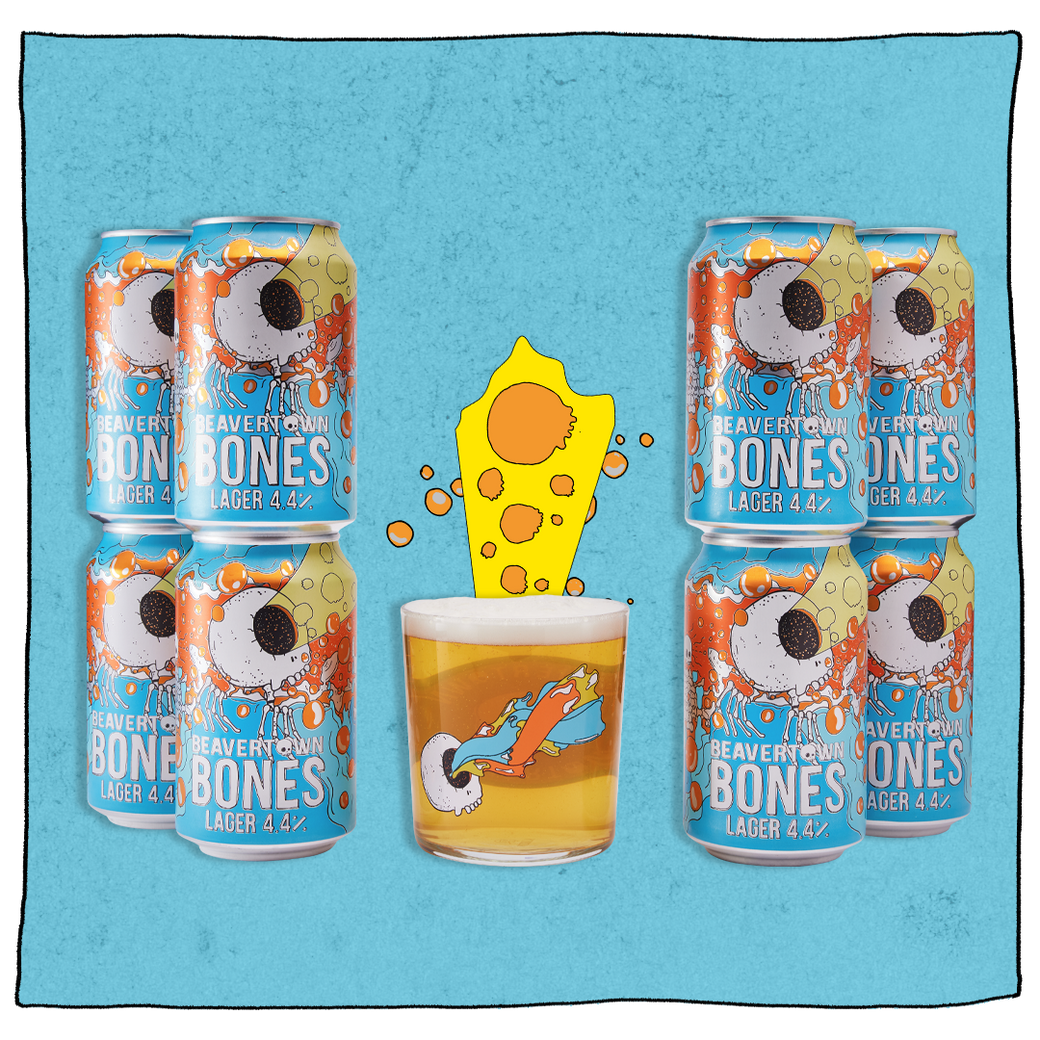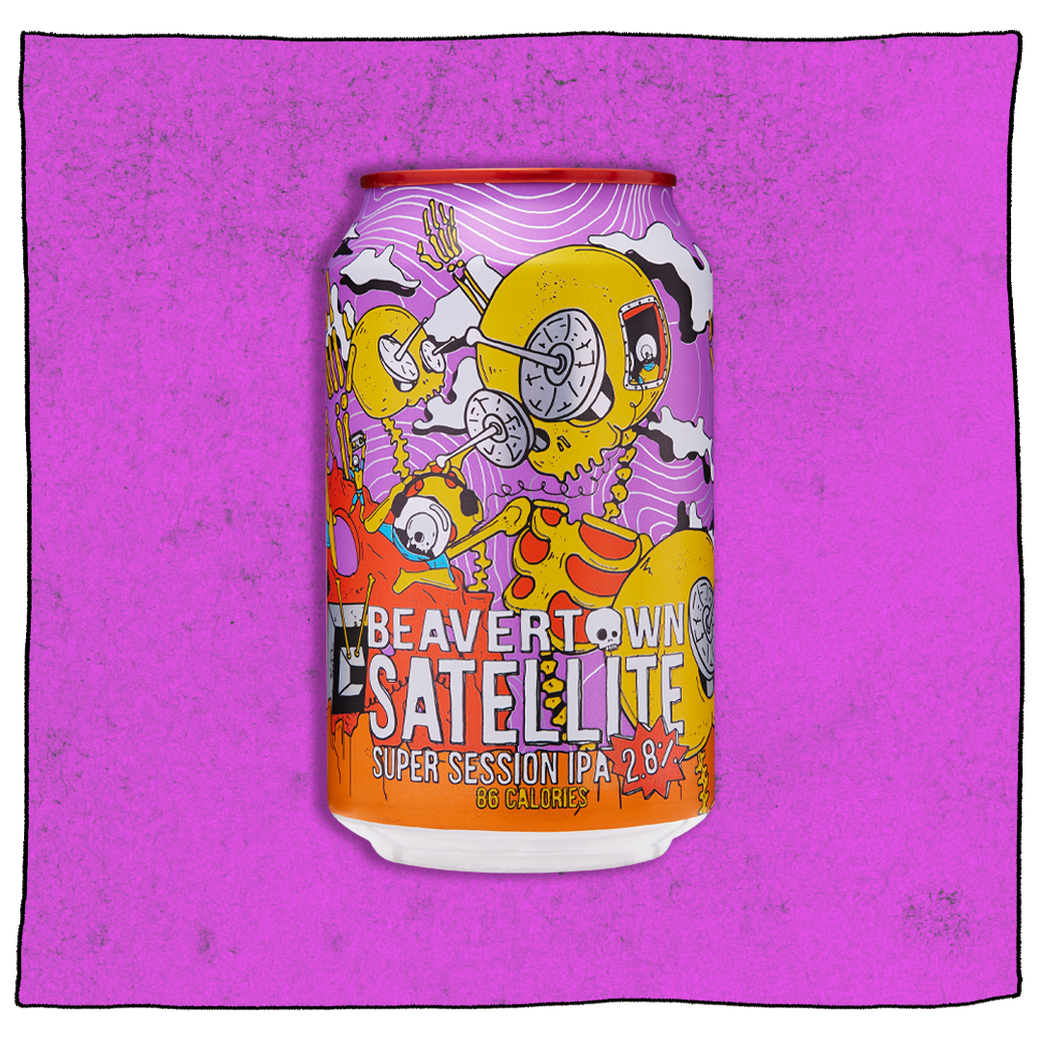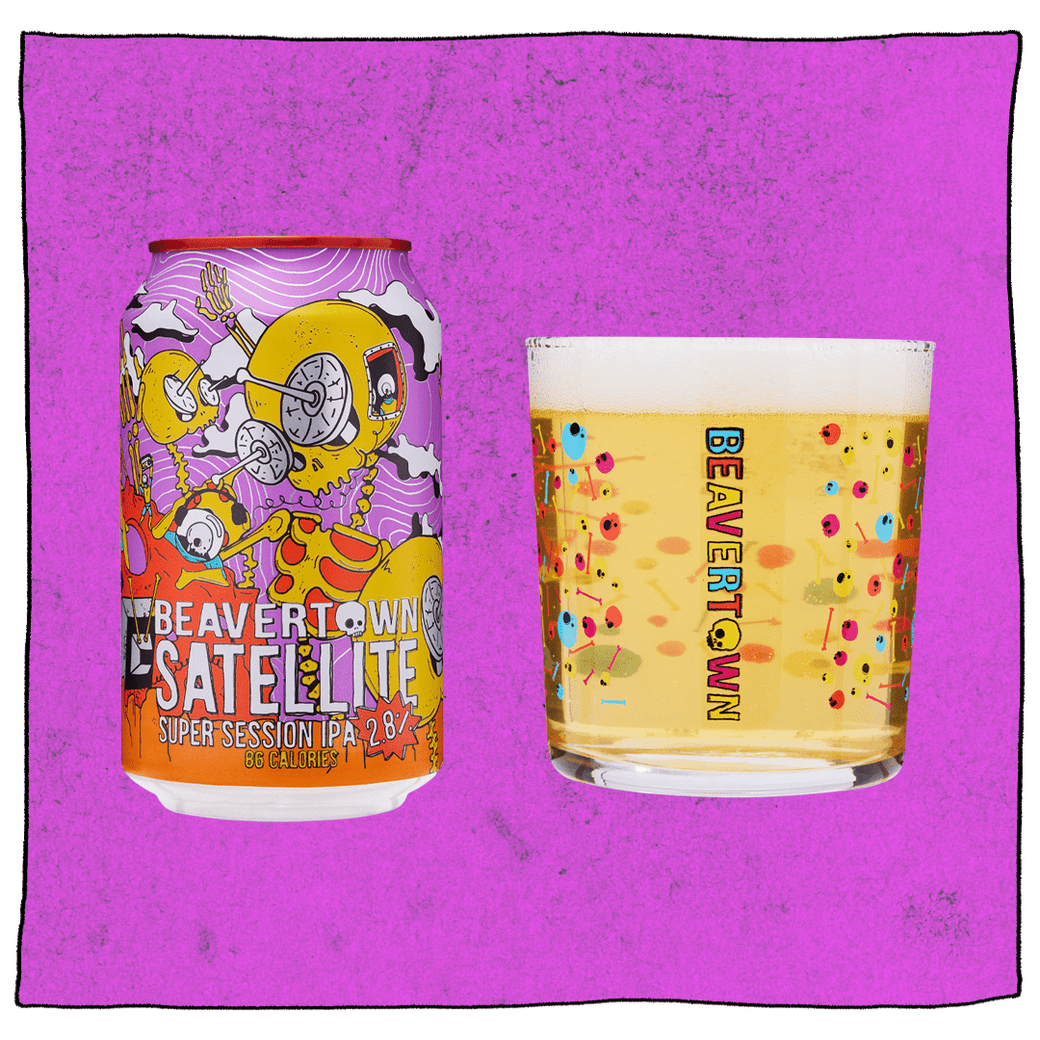What does world domination have to do with IPA? A lot more than you might think actually. IPAs are a super hoppy type of beer with a lot of history behind them. We’ll go into more detail later but in short – they were super popular for long boat journeys back in the day but lost their popularity, until a boom in craft beer making in the 1980s brought them roaring back… Or rather, bubbling.
So are you ready to cram your mind with so much delicious and essential knowledge about IPAs that it forces some other, less crucial information right out of your brain? Well move over the Tudors, and that one random fact about how many calories are on a lickable postage stamp (it’s 10). Let’s begin.
What Does IPA Stand For?
IPA stands for India Pale Ale. But the ‘India’ in the name, likely comes from the East India Trading Company rather than the country itself. The history is hotly debated, and a little murky but, apparently, IPAs got their name during the British colonial era. See, hops (hello old friend) are really good natural preservatives and help stop beers from growing all sorts of nasty bacteria and microbes that could make you ill.
Because beer didn’t travel well, and India is too hot and humid for good beer brewing, brewers invented a new type of beer that was heavy on hops and was able to survive the long boat journey from England to India. (This is good first date chat, isn’t it?) During the long trip though, a lot of the hop flavours faded which resulted in a pale, very bitter drink that was probably fairly unpleasant unless it was drunk cold (unusual for British beers at the time).
Over time, the recipe was modified to be less alcoholic (thanks to the alcohol tax – thanks, alcohol tax) and the hops were pared right back as well – tooth-strippingly bitter, warm beer wasn’t nice to drink, after all. And the IPA kind of lost its street cred.
It wasn’t until 1980’s USA, during a boom in popularity of homebrewing, that the alcohol level was brought back up again and something closer to the IPA beer we know and love today were born. And now they’re EVERYWHERE – for good reason!
What Type of Beer is IPA?
First of all, what is an IPA? Well, an IPA is a type of pale ale (thanks to the pale malts used in brewing). It’s a beer that is pretty heavy on the hops (and alcohol – AKA ABV) and perfect for someone who wants a more punchy, out-of-this-world flavour, which other types of beer might be missing.
It doesn’t have any different ingredients to other beers:
- Malt
- Hops
- Yeast
- Water
But the types of ingredients like the hops help to make its delicious flavour profile (fancy words). Speaking of hops, hope you’re ready to hear a LOT about them, because they’re the star of many a beer but particularly IPAs. Hops are actually the flower of the hop plant and are responsible for that tropical/grassy/floral/woodsy/citrusy flavour you can taste in your favourite can of Neck Oil and Tropigamma. Now you know this you can say things like ‘Mmm, that’s some hoppy IPA.’
What Does IPA Taste Like?
Thanks to the many different varieties of hops out there – take a (responsible) sip everytime we mention them – IPAs have a whole galaxy of possible flavours. IPAs are usually more bitter than lagers and have a brighter, more crisp flavour that you can’t find in darker ales.
Some IPAs can have citrus or tropical fruit flavours like our Tropigamma IPA which basically just tastes like summer in a can – minus the pollen and wasps. Others can include grassy notes, flowery flavours, and even earthy tones like in our OG Neck Oil IPA. Why not shout something like: ‘Mmm, flowery’, and see what the pub makes of you? And different combinations of hops can create an all new tastebud-tingling flavour.
What Are Different IPA Styles?
English IPA
The original IPA that started it all. English IPA is steeped in history (and extra hops). This style IPA is a stronger version of a pale ale and is a pared back, less bitter version of the beer designed to survive those long boat journeys. English IPA has a hearty helping of English hop character (earthy, floral) and increased alcohol content. It’s a little fruity and Earthy and has a good contract between malt and hops.
West Coast IPA
If you’re looking for more of that hoppy flavour you love, a West Coast IPA is where it’s at. Gamma Ray, our out-of-this-world APA is inspired by those west coast craft ales that gave the IPA its comeback tour. They’re more hoppy, less malty, but with bold flavours to give your tastebuds a little zap.
Hazy IPA or New England IPA (NEIPA)
New England IPA is similar to APAs with lots of hoppy flavours. You might know them by another name – Hazy IPA. They usually have an extra malt in there like oats or wheat (rather than just barley) which gives the beer a cloudy, hazy quality and a different mouthfeel. It’s also less bitter so if you like the flavour but don’t like the bitterness of an IPA, give these thirst quenchers a try. Sunshine nice, but optional.
Imperial or Double IPA (DIPA)
It's no secret that Americans are obsessed with IPA. And who can blame them they’re great. But that obsession started a quest for even more of that IPA flavour. Resulting in the Imperial or Double IPA. It’s a stronger version of an APA with even more hoppy flavour and bitterness. It’s Darker in colour. And has more of the booze.
Session IPA
Us Brits love nothing more than a lengthy, yet responsible, drinking session. There's nothing quite like whiling away the hours with a lower-booze drink and some stellar company – and session IPAs are your ticket to a session filled with lively debate and a passionate exchange of views (again, always drink responsibly).
Usually, IPAs have an ABV (alcohol percentage) of around 6% but session IPAs have a much lower level (around 3-5% instead). Perfect for slow sipping and savouring the moment. Neck Oil is our OG session IPA.
What Is the Difference Between IPA and Regular Beer?
IPAs have become so popular that they’re on the verge of being called “regular” beer. Which is great! The hoppy beers really fell out of popularity for a while until craft beer brewing came back on the scene and put IPA back in the limelight everywhere – see? World domination. IPAs differ from other beers because they are classified as pale ales – with more hops for a stronger, bolder flavour. But there’s no official guidelines on when a pale ale becomes an IPA. It’s all down to who’s brewing it.
But with the different ingredients, varying ABV levels, and wildly different flavours you can get in an IPA, there’s something for everyone. No alcohol? No problem. Want something fruity? You got it. Looking for something strong and full of bold flavours? We got you.
What Are the Best IPAs?
We might be a bit biassed (we definitely are) but Beavertown IPAs are definitely the best.
Neck Oil might be our original, most famous IPA, but there’s something for everyone. You want a hoppy IPA? We got you, check out Lupuloid. Need an alcohol free IPA for a weeknight sesh? Check. You need Lazer Crush in your life. Looking for something for a long Sunday afternoon with your mates? Low alcohol IPA like Satellite is here to save the day. And if you’re looking for a tasty, hazy, tropical IPA to sip in the sunshine on your day off, what better than Sun God?






